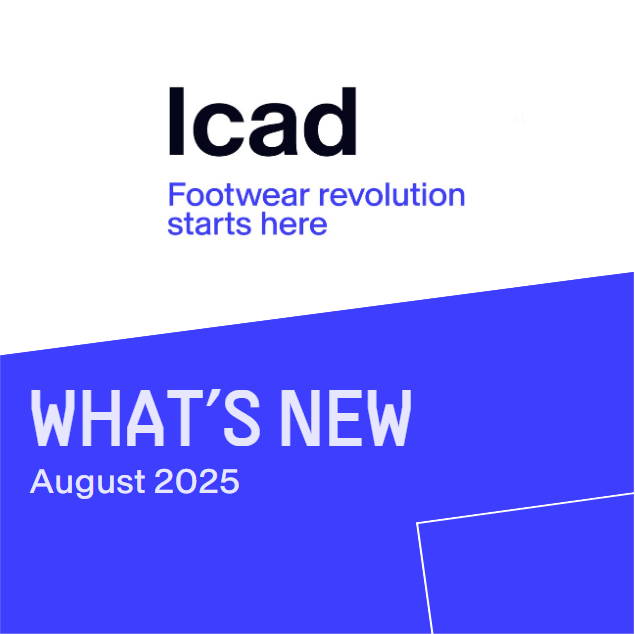
What’s new August 2025
August, 31, 2025
Topic: Sin categoría
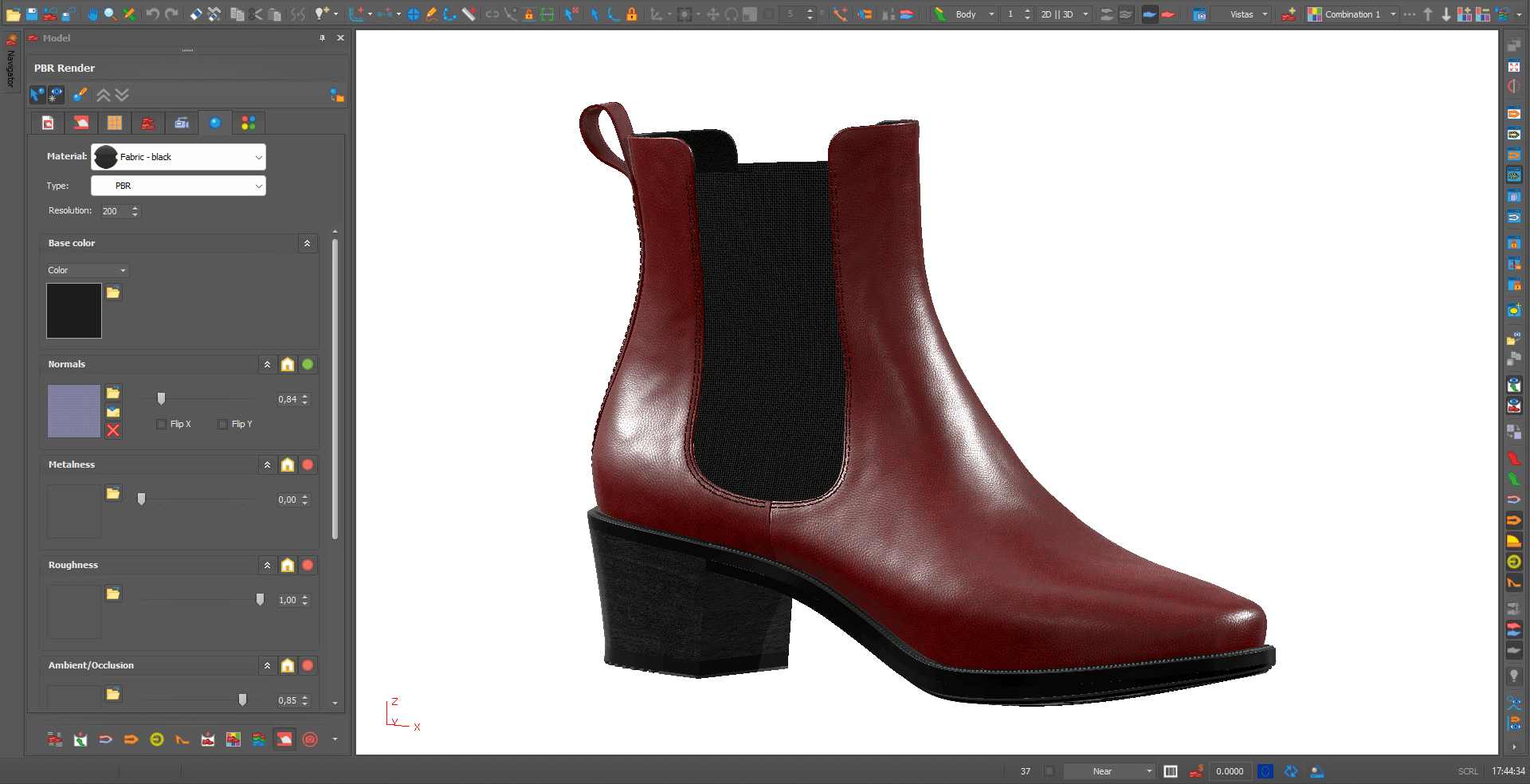
Nowadays there are visualization engines that offer tools for modeling 3D objects with a high level of control and detail. In the footwear world we can find the ICad3D+ system, software for footwear design and pattern making developed by INESCOP, which works both in a 3D virtual environment, as well as in a 2D technical environment, in a synchronized manner starting from a base last. This software offers the possibility of creating virtual prototypes of footwear from scratch, or transferring manual sketches to a virtual 3D environment, with great detail, quality and realism. Its success lies in its ability to associate 2D flats and patterns with complete accuracy and correlation to the 3D model.
Most current systems use basic OpenGL and non-physical materials defined using parameters such as “diffuse”, “specular”, “ambient” and “brightness”, and color textures, for visualization during the modeling process. When the 3D modeling is finalized, some have a rendering engine to obtain hyper-realistic images of the models. The materials, in addition to their basic parameters, incorporate all the structure of a render material, that is, physical characteristics following multilayer structures. In the ICad3D+ system it is possible to define these materials and the render scene, along with the camera, lighting and so on; with all this, high quality static images are obtained.
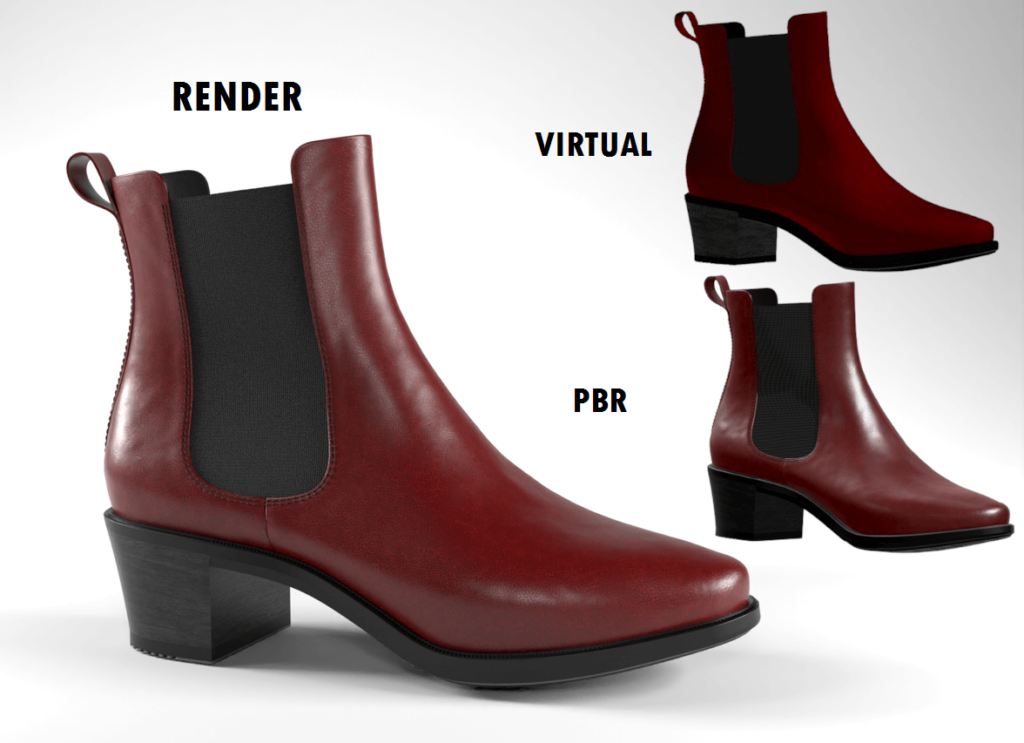
However, this structure has some drawbacks, as we do not have high quality dynamic 3D visualization, as we use basic OpenGL and non-physical materials in our modeling environment. In addition, the calculation of the renderings, although of high quality, requires a lot of processing power and time.
Precisely to avoid these rendering problems, PBR (Physically Based Rendering) materials and HDR (High Dynamic Range) environment maps have emerged, where elements such as reflectivity, roughness, ambient occlusion and others take part to deliver a material that resembles real life properties.
Thanks to PBR materials it is possible to have dynamic changes in illumination and for materials to be shown as they are, without having to reconfigure them and without applying tricks. The emergence of PBR materials is a tremendous paradigm shift, and the PBR model is much faster than traditional static rendering, allowing real-time rendering.
PBR materials are not based solely on a photographic image, but are composed of different maps that define how the material reacts to light. Each of these maps defines a property, a different level of detail. The ones that have the most impact on the final result of the material are the maps of: color, normals, metallicity, roughness and opacity. There are other maps to define special characteristics, such as the environment/occlusion, displacement, etc. maps.
The new version ICad3D+ v2019 uses lighting based on HDR images and PBR materials, with a simple interface so that the user can control the scene, lighting and materials, and thus achieve a realistic 3D dynamic visualization in real time without waiting to calculate a static render for each desired view. Nowadays, the quality of the static images obtained with the rendering engine is higher than the dynamic representation with PBR materials, but the agility of this real-time preview is a great added value that in certain contexts can replace the rendering, thanks to its great time saving and a much more than acceptable realism.
Due to the large amount and variety of materials used each season for the design of a collection, it is necessary that the process of digitizing materials and their integration into CAD is fast and accurate to streamline the design process. INESCOP has developed a materials scanner directly connected to the Icad Evolve design system.

What’s new August 2025
August, 31, 2025
Topic: Sin categoría
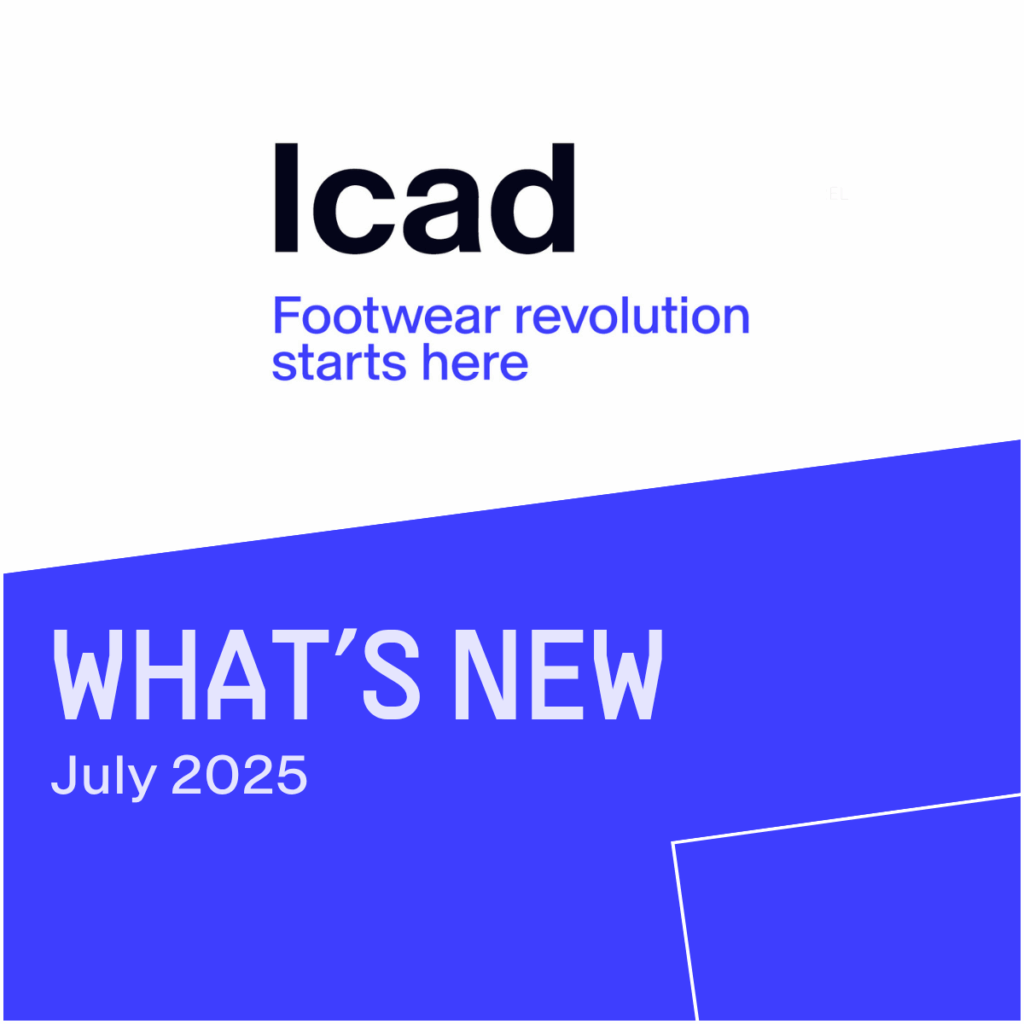
What’s new July 2025
August, 1, 2025
Topic: What's new
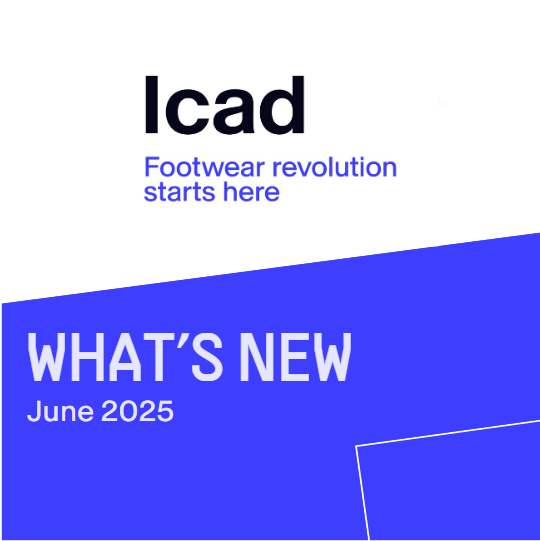
What’s new June 2025
June, 30, 2025
Topic: What's new
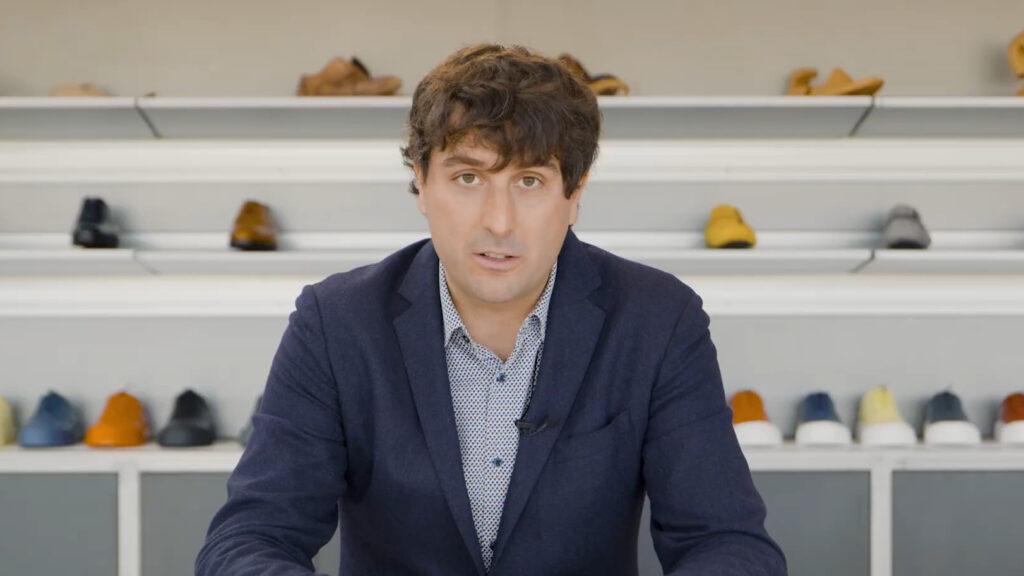
Hugo Boss optimizes its processes with Icad
June, 10, 2025
Topic: Case studies
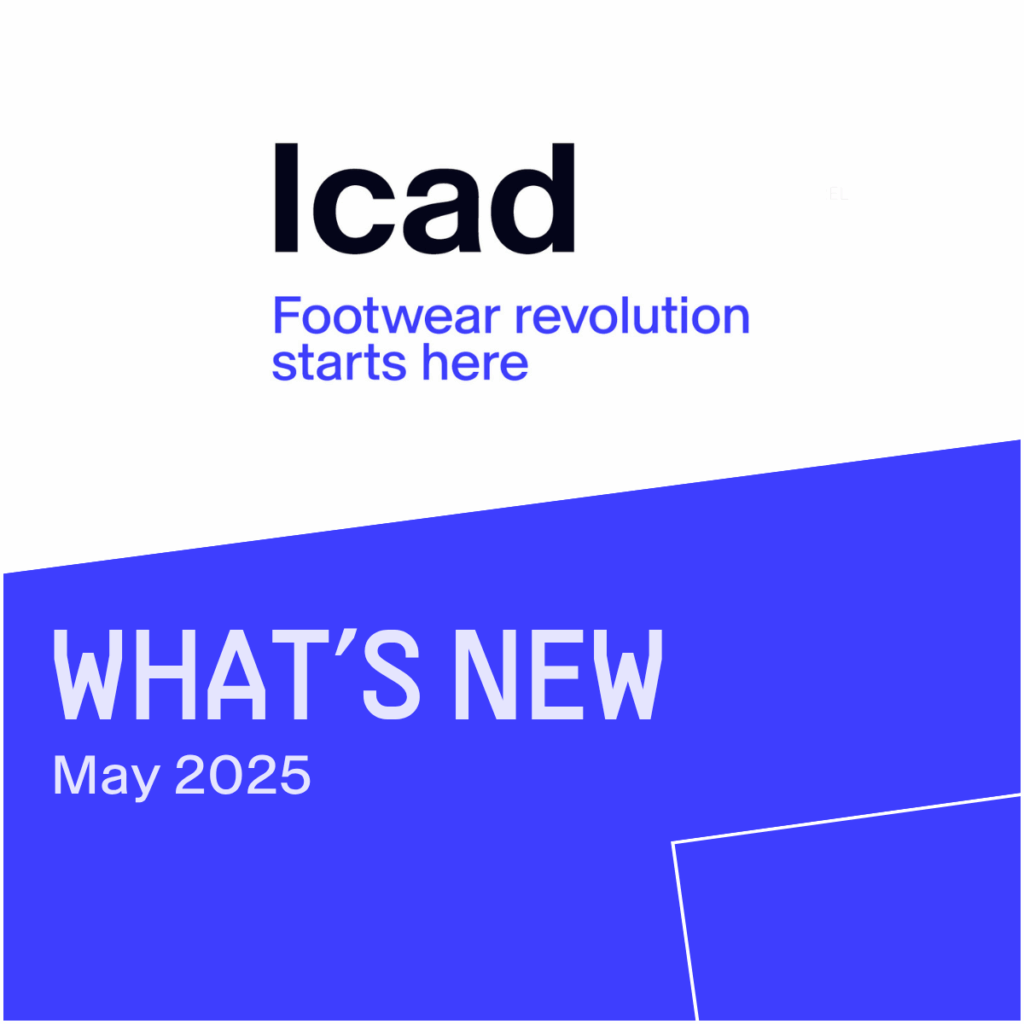
What’s new May 2025
May, 31, 2025
Topic: What's new
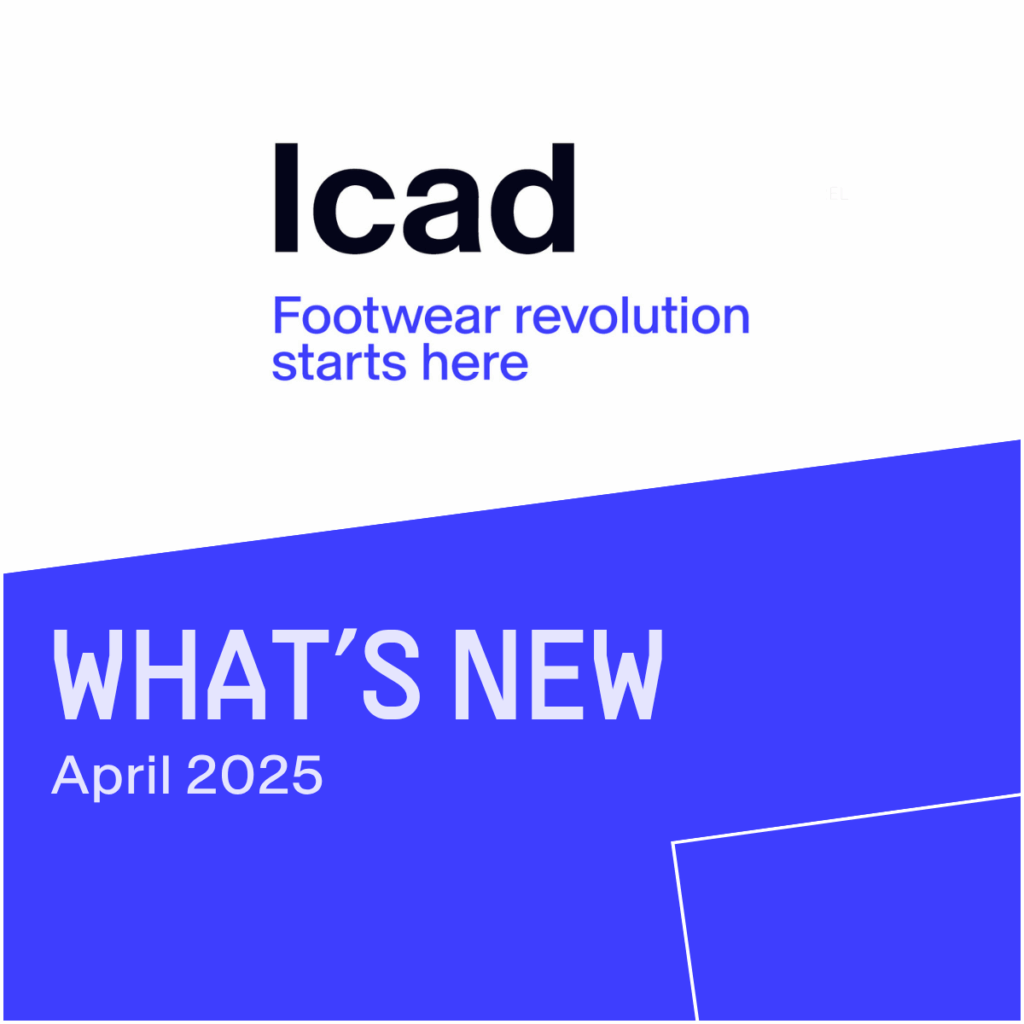
What’s new April 2025
April, 30, 2025
Topic: What's new